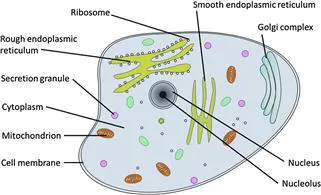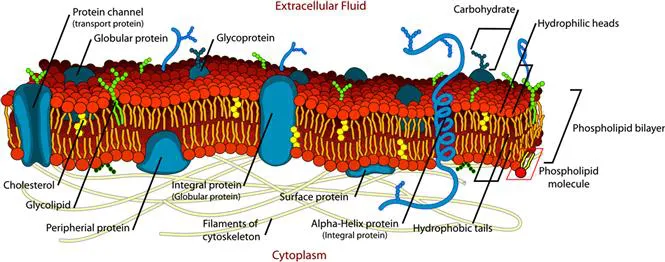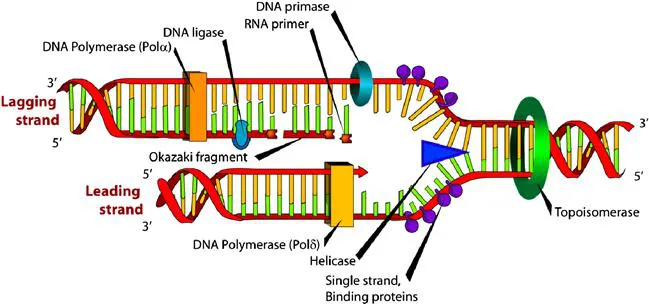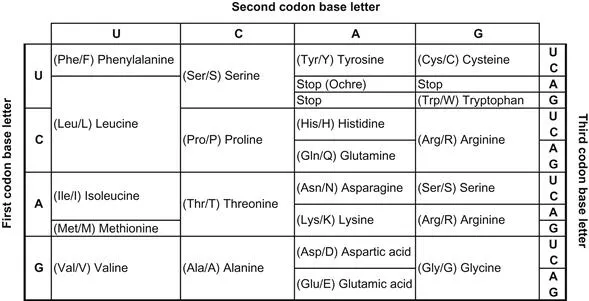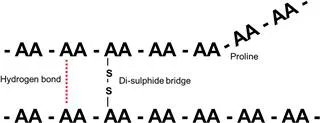![]()
Part I
General
Outline
Introduction
Chapter 1 Anatomy and Physiology
Chapter 2 Research Methodology
Chapter 3 Good Clinical Practice
Chapter 4 Health Technology Management
Chapter 5 Leadership
Chapter 6 Risk Management
Chapter 7 The Role of Clinical Engineers in Hospitals
![]()
Introduction
Azzam Taktak, Anthony Scott Brown, Merlin Walberg, Justin P. McCarthy, Richard Scott, Paul Blackett, John Amoore and Fran J. Hegarty
1. Anatomy and physiology
2. Research methodology
3. Good clinical practice
4. Health technology management
5. Leadership
6. Risk management
7. The role of clinical engineers in hospitals
Overview
Over the past century, healthcare has become increasingly reliant on medical technology. Engineers play a pivotal role in the deployment and use of technology. To do this successfully they require solid knowledge of underpinning sciences and skills such as mathematics, physics, design, fabrication, and so on. In addition, clinical engineers require knowledge of some generic aspects related specifically to healthcare. This section gives an overview of such aspects with chapters on anatomy and physiology, research methodology, Good Clinical Practice, risk management, and healthcare technology management. More recently, there has been much emphasis on developing leadership skills of engineers working in the healthcare environment and this section includes a chapter on leadership, quoting many examples on how it can be a powerful tool in the workplace. The final chapter in this section brings all these topics together to highlight the important role clinical engineers play in applying their skills and knowledge in healthcare provision through appropriate deployment of the technology whilst containing cost and increasing access.
![]()
Chapter 1
Anatomy and Physiology
Nicholas P. Rhodes, Department of Musculoskeletal Biology, Institute of Ageing and Chronic Disease, University of Liverpool, Liverpool, U.K.
This chapter on anatomy and physiology introduces the basics of the subject to readers, assuming no previous background knowledge of the human body. The material introduces some core concepts underlying how cellular biology operates at the molecular level leading to the organization of biological regulation: how similar chemical and biological feedback mechanisms operate in diverse tissues, such as the pancreas, kidneys, or in blood, to achieve balanced outcomes. The objective is to provide a basic understanding of the different hierarchies of the human body so that students are able to comprehend the complexity of the physiology of individual tissues when studied in greater detail.
Keywords
Cell physiology; Cell replication; Bone and skeletal physiology; Nerve and muscle physiology; Cardiac physiology; Vascular physiology; Pulmonary physiology; Components and functions of blood; Homeostasis and regulation; Renal physiology; Nutrition; Pancreas; Glucose regulation
Introduction
This chapter summarizes the most basic and important principles of anatomy and physiology. It is intended to be just the starting point for your understanding of the subject area, rather than representing the full details of the biology of human beings.
Cell Physiology
The human body can be thought in terms of physiological systems, for example:
• Nervous system
• Endocrine system
• Myoskeletal system
• Cardiovascular system
• Lymphatic system
• Respiratory system
• Digestive system
• Urinary system
• Reproductive system
• Hematopoietic system (blood)
• Immune system or reticuloendothelial system (RES)
• Special senses (vision, hearing, etc.)
Each of these systems has unique and special properties that allow them to function in what seems an almost self-contained fashion, having positive and negative feedback loops, external sensing, and multiple action steps. However, each is constructed from many millions of specialized cells. The interesting feature about these cells is that almost all cells have very similar biology, with internal chemistry that could be difficult to differentiate. Study of a “typical” cell allows us to understand the processes occurring in many other cell types, and therefore tissues and physiological systems (Figure 1.1).
Figure 1.1 Generalized cell structure. Source: Pixabay.com, http://pixabay.com/en/school-cell-help-information-48542.
The cell can be thought of as an individual factory, having its own computer code and power station. Most cells contain the following:
• Cell membrane: Separates cell internals from external environment, provides support for sensing receptors, and allows active uptake and output of chemicals (Figure 1.2)
• Nucleus: Houses copy of host master blueprints (DNA), handles copying of DNA to allow protein synthesis, performs cell replication
• Endoplasmic reticulum (ER): Fluid filled membrane system that synthesizes lipid (smooth ER) and proteins (rough ER)
• Golgi complex: Organizes trafficking of proteins and lipids to the external environment
• Mitochondria (plural of mitochondrion): Energy center for cells, derived from bacteria (evolutionarily)
• Lysosomes
• Microfilaments and microtubules
• Vesicles
Figure 1.2 Structure of cell membrane. Source: Pixabay.com, http://pixabay.com/en/science-diagram-cell-illustration-41522.
For cells to undertake their primary function, they require energy. This is principally achieved by conversion of glucose in food to adenosine triphosphate (ATP), which cells use as an energy source, and CO2.
The primary function of a cell generally requires it to do one or more of the following:
• Sense the environment, using surface receptors
• Synthesize proteins
• Building blocks, e.g., collagen
• Action molecules, i.e., enzymes
• Create and use energy
• Output an action
• Create a force, e.g., muscle
• Build new tissue
• Dispose of unwanted cells or molecules
Glycoproteins sense the environment external to the cell, using “lock and key” receptor-ligand fitting. “Activation” of such a receptor leads to a cascade of intracellular reactions to occur, resulting in upregulation of particular genes, transcribing of specific proteins, and an action (see previous list).
Principles of Cell Replication
Organisms are organized in terms of their biology, from their simplest component parts to the more complex, as follows:
• DNA
• Proteins and peptides
• Cells
• Tissues
• Organs
• Whole organism (e.g., animal)
DNA is responsible for maintaining the organism in its current state and replicating, as it contains the code for life (Figure 1.3).
Figure 1.3 DNA, the code for life. Source: Pixabay.com, http://pixabay.com/en/science-cartoon-double-helix-lie-24559.
DNA has the following characteristics:
• Contains all information to build an organism
• Identical copy in every cell
• In humans, there are approximately 2 meters of DNA in each nucleus
• DNA is composed of only 4 types of nucleotide base
• Normally unraveled, but wrapped up into chromosomes during cell division
• DNA codes for proteins only
• Proteins are generally structural (e.g., collagen) or catalytic (enzymes, they do things)
Figure 1.4 DNA replication by formation of complementary strands after helix dissociation. Source: Pixabay.com, http://pixabay.com/en/diagram-illustration-dna-biology-41531.
• Each cell has DNA with approximately 3 billion base pairs
• Less than 1% is coding information (genes)
• Humans have approximately 25,000 genes
• Almost all genes in all people are identical
The question most people ask is “How then can people be different from each other?” It is all to do with the timing of the expression of a particular gene. DNA is a genetic library that encodes sophisticated timing machinery. The fourth dimension is where differences occur. The 99% of DNA content is where current scientific knowledge of genetics is lacking. As cells mature, enzymes chemically modify the DNA (e.g., methylation, acetylation, telomere shortening).
DNA has only four different base types connected together in a chain and attached to a complementary chain. There are only two different base pair (bp) combinations:
• Adenine–thymine
• Guanine–cytosine
Proteins are composed of amino acids (in the order of 100 in a typical protein). There are only 20 different amino acid types. Each amino acid is coded by a 3 bp sequence (Table 1.1).
Table 1.1
Genetic Code—How Combinations of Bases Are Coded in DNA
Proteins are made up of amino acids covalently joined together (Figures 1.5 and 1.6).
Figure 1.5 Amino acid structure. Source: Nicholas P. Rhodes.

